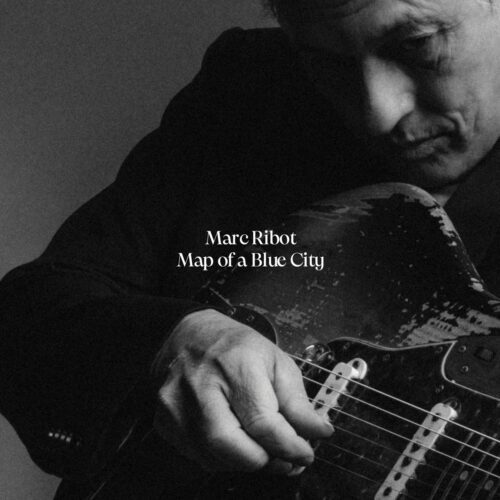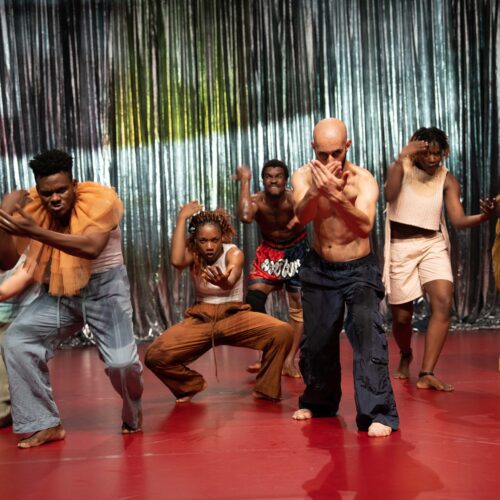We’re in a tropical paradise, as a man sits in a chair loudly crooning to a Spanish folk song (one every Spanish person in the audience seems to know word for word) as a woman continues to slip and fall on multi-coloured mats on the ground. Two screens hang over the stage, one for documentary video, the other for translation. This is Lagartijas Tiradas al Sol’s Centroamérica, a performance part of the Festival TransAmériques.
Within the story, the characters take shape as Luisa Pardo and Lázaro G. Rodríguez, a Mexican couple (who play themselves) hell bent on investigating and documenting the regions of Central America—places they know little to nothing about. They eventually meet an exiled Nicaraguan woman who beseeches them to take her identity and fulfill a family quest in the heart of Nicaragua’s new dictatorship under husband and wife co-presidents, Daniel Ortega and Rosario Murillo.

By blending archival and documentary-style footage with stellar live acting, Centroamérica offers a gripping and layered portrayal of migration, violence, and resilience in the Central American region. From the very beginning, the audience is immersed in a multimedia collage: flickering video testimonials, snippets of real-life news broadcasts, interludes of Central American cumbia, bachata, bossa nova music, and grainy cell phone footage fill the space with an unsettling authenticity. These elements aren’t mere background—they are the foundation of the narrative, anchoring the fictionalized characters in a world that feels all too real, even as they “act out” the missing parts of the video footage.
Luisa and Lázaro sometimes speak in monologues or poetic abstraction, but the crux of the story is drawn in part from real interviews and reports, carrying the unpolished urgency of truth. There are moments when the sheer density of information threatens to overwhelm, and some narrative threads could benefit from more breathing room. But even in its messier and chaotic passages, Centroamérica remains gripping, precisely because it reflects the chaotic and unresolved nature of the crisis it portrays.
























